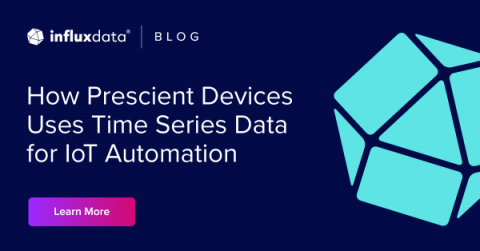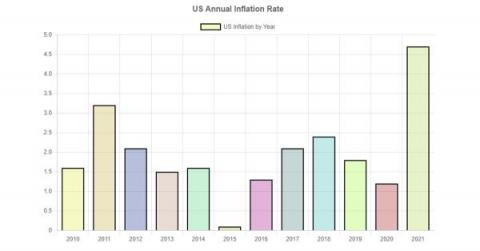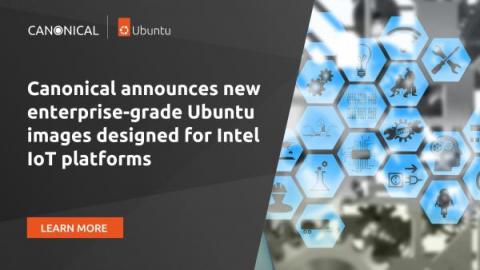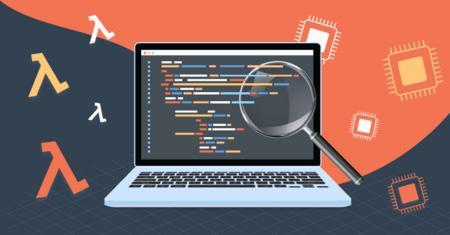How Prescient Devices Uses Time Series Data for IoT Automation
Companies need to consider both how fast they can put edge applications into action and update them, and how quickly they can process incoming data. Industrial processes are becoming increasingly automated as sensors on machines collect a growing amount of data. Much of this data is time-stamped and can help companies improve processes. This large volume of sensor data can become unwieldy if companies don’t manage it properly.











